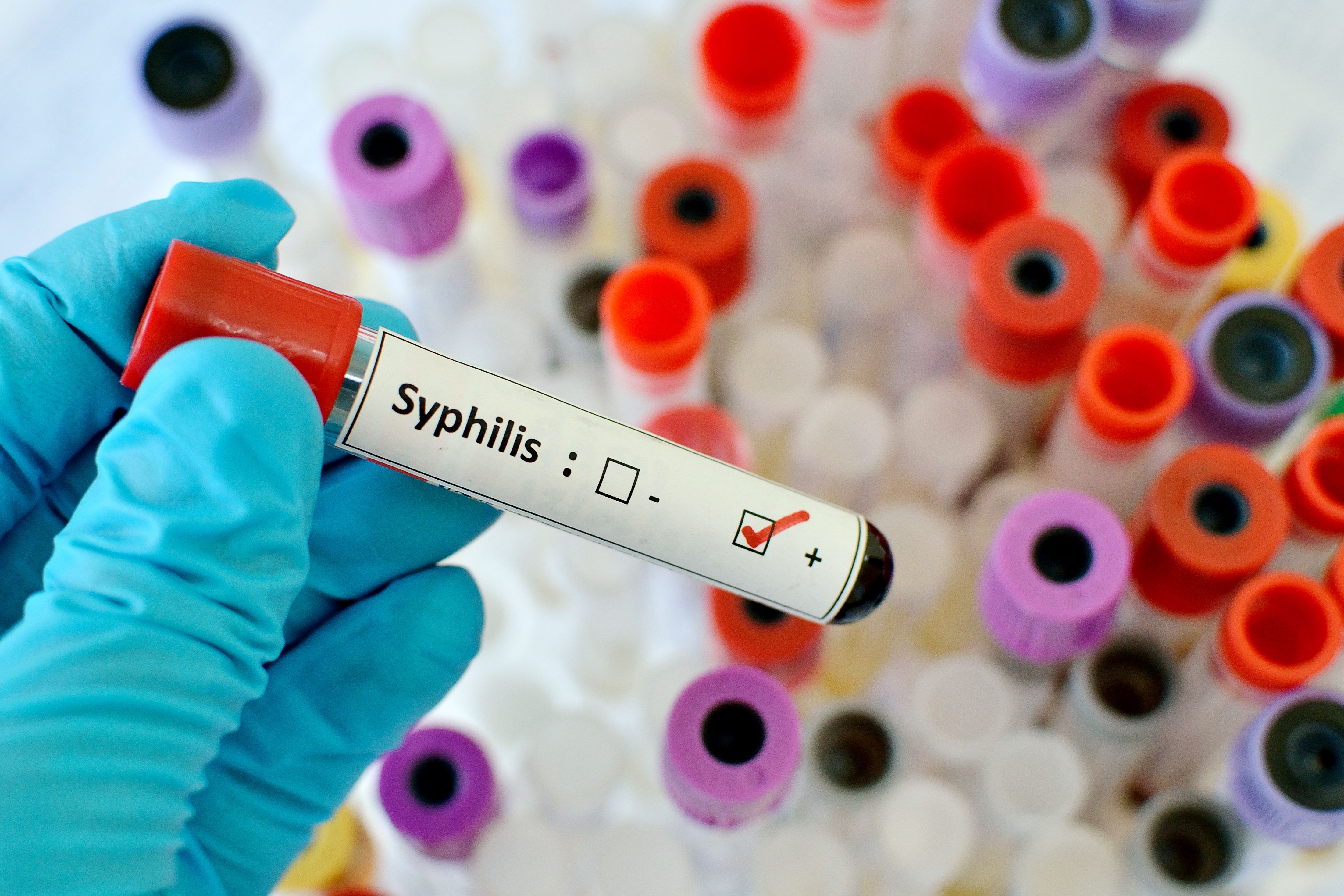Novel approaches are needed to diagnose and treat congenital syphilis, according to a recent article published in the New England Journal of Medicine.
Takeaways
- Disparities in syphilis rates among different racial and ethnic groups, especially impacting populations with limited health care access, highlight the urgent need for targeted interventions and improved prenatal care strategies.
- The prevalence of congenital syphilis and its associated severe adverse outcomes underscore the importance of early detection and treatment during pregnancy.
- Current screening protocols recommended by the CDC, including serologic testing at the first prenatal visit and repeated screening for high-risk women, are crucial in identifying cases and preventing transmission to newborns.
- Challenges in diagnosing congenital syphilis emphasize the necessity for innovative diagnostic approaches, particularly in newborns, where traditional methods may be insufficient.
- Addressing missed opportunities for diagnosis and treatment, as well as implementing standardized screening protocols and interventions, are essential steps in reducing the incidence of congenital syphilis and improving maternal and neonatal health outcomes.
Populations with limited health care access are disproportionately impacted by syphilis, with rates in the United States increasing 8-fold, 4-fold, and 3.5-fold among Native American, Native Hawaiian, and Black women, respectively, compared to White women. Approximately 1 in 1300 live births are impacted by syphilis.
Congenital syphilis, often caused by transplacental passage of T. pallidum to the fetus, has also had an increased prevalence over time and is associated with severe adverse outcomes. In pregnancies complicated by early syphilis, the fetus has a 50% to 70% risk of congenital infection.
Most US states require serologic testing during the first prenatal visit, with repeated screening at 28 weeks’ gestation and delivery recommended for high-risk women by the Centers for Disease Control and Prevention (CDC).
The presence of at least 1 congenital syphilis case was reported by 95% of states in 2021, but the need for comprehensive evaluation of individual risks indicates screening based only on behavioral factors may lead to many infections being missed. Models have been developed that include race and ethnicity, urbanicity, population size, and other factors.
Pregnant and nonpregnant women do not have different clinical presentations of syphilis. Primary syphilis, often presenting 3 weeks after exposure, presents as indurated chancres at the inoculation site.
During the secondary phase, a macular rash is usually present, often but not always on the palms and soles. Diagnosis is difficult because of diverse characteristics. Other rashes that may occur during pregnancy include pemphigoid gestations and atopic eruption of pregnancy.
Early syphilis lesions can be evaluated using dark-field microscopy, direct fluorescence antibody testing, and immunohistochemical or silver staining. However, these tests cannot be performed in most clinical settings, and no assay directly detecting T. pallidum has received FDA approval.
Serologic detection of syphilis is performed using a traditional or reverse sequence algorithm. The traditional algorithm includes a non-treponemal immunoassay and treponemal immunoassay. The reverse algorithm includes an automated treponemal immunoassay which receives a quantitative nontreponemal test.
Disease activity is monitored in pregnant women using quantitative nontreponemal values. Currently, parenteral benzathine penicillin G is the only treatment against syphilis safe and effective for use during pregnancy.
Patients with a penicillin allergy should undergo skin testing or oral penicillin challenge during treatment. Newborns of parents who received alternative treatment should undergo evaluation and potential treatment for congenital infection.
There are also multiple methods for diagnosing neonatal syphilis. This includes immunohistochemical evidence, which has a sensitivity of 67% to 82% and specificity of 58%.
Additionally, maternal IgM does not cross the placenta, making neonatal IgM a potential diagnostic tool. However, the sensitivity of nontreponemal IgA and IgG are reduced because they passively cross the placenta.
Factors impacting treatment decisions in neonates include syphilis in the mother, adequacy of maternal treatment, duration between maternal treatment initiation and delivery, maternal and neonatal nontreponemal serologic titers comparison, and presence of clinical, laboratory, and radiographic syphilis evidence.
Nontreponemal testing and clinical evaluation are recommended in infants of mothers with syphilis. Additionally, children at any age with clinically suspected syphilis should undergo a full evaluation.
While timely diagnosis and treatment can eliminate perinatal syphilis, there are multiple missed opportunities for diagnosis. This includes delayed or lack of prenatal care, inadequate maternal treatment, late identification of maternal seroconversion, and prenatal care without syphilis testing, observed in 42%, 31%, 14%, 8% of perinatal syphilis cases, respectively.
According to the CDC, 88% of congenital syphilis cases in 2022 were caused by lack of timely treatment, inadequate treatment, or both. New diagnostic approaches are needed to detect T. pallidum in newborns. Benzathine penicillin G administration should also be prioritized in pregnant individuals and newborns.
Novel approaches are necessary for future congenital syphilis management. Interventions should address social and structural factors that lead to disparities in prenatal care. Diagnosis and treatment can be approved through standardized approaches to screening, higher quality diagnostic and therapeutic options, and other interventions.
Reference
Stafford IA, Workowski KA, Bachmann LH. Syphilis complicating pregnancy and congenital syphilis. N Engl J Med. 2024;390:242-253. doi:10.1056/NEJMra2202762

